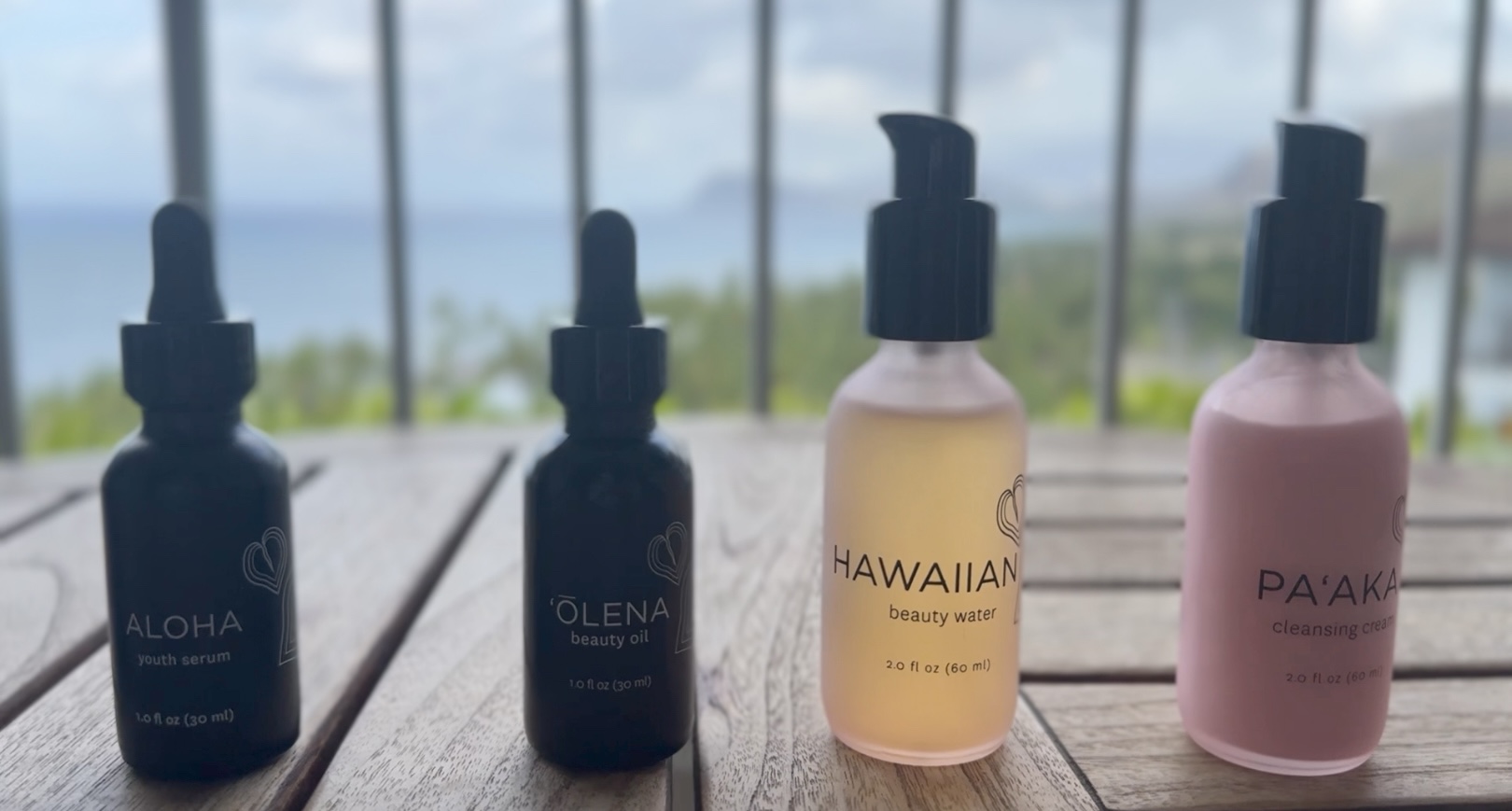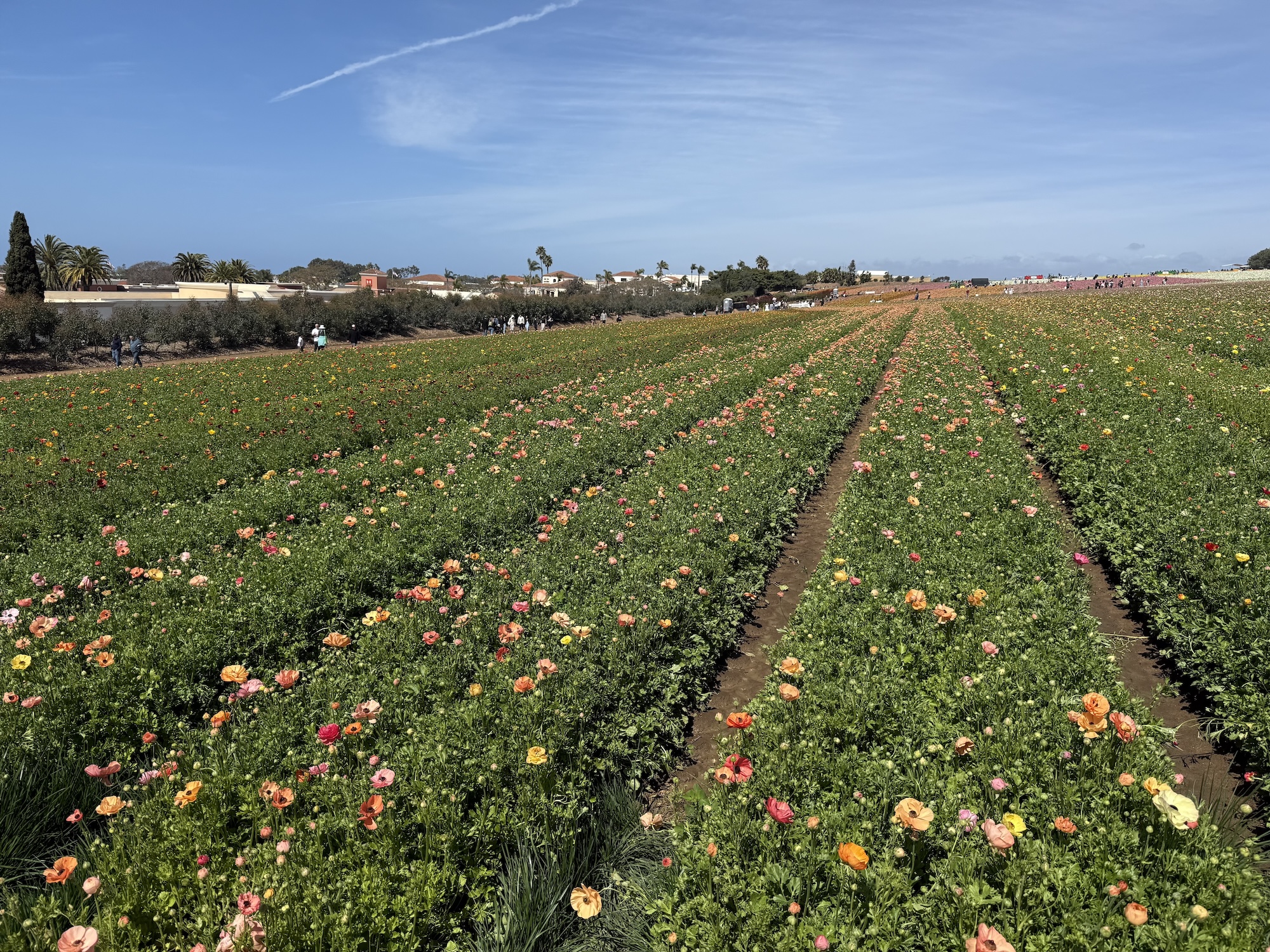While a foamy cleanser is always appreciated, it’s also important to understand the differences between synthetic and natural, as well the risks of each. When deciding what ingredients work best for your beauty regimen and lifestyle choices, a little research goes a long way.
Read on to learn a little more about natural surfactants and the role they might play in your cleansing routine.

By: Emily Dinenberg
What is a Surfactant?
In the cosmetic industry, surfactants, are also known as a Surface Active Agents. They are crucial ingredients, as they are often at the base of many cosmetic formulas. Within the chemical makeup of surfactants are parts which are water-loving, known as hydrophilic, and parts that are oil-loving, known as lipophilic.
How Do Surfactants Work?
Because of this composition, surfactants have the ability to decrease surface tension in solutions of oil and water. Through a process called adsorption, liquid or gas is a condensed layer on a surface, interacts with water, and lowers surface tension. In other words, surfactants are what allow products, such as shampoo and facewash, to wet, spread, foam, and emulsify.
What is the Controversy behind Surfactants?
Natural surfactants are often scarce in beauty products because they are difficult and expensive to isolate. Because of this, many cosmetics companies ultilize synthetic surfactants.
While these surfactants are successful in acting as emulsifiers and creating lather, they are also known to strip the skin and scalp of natural oils and cause irritation.
Some examples of synthetic surfactants include: Ammonium Lauryl and Sodium Methyl Cocoyl Taurate.
Cocamidopropyl Betaine
Also known as Coco Betaine, Cocamidopropyl Betaine is an amphoteric surfactant derived from coconut oil. Amphoteric surfactants are the most gentle and conformable surfactants. They can have a positive or negative charge, adjusting the pH of the product in turn. Cocamidopropyl Betaine is used in a variety of products, including shampoos, conditioners, and body washes. Most notably, Coco Betaine is an extremely effective thickening agent, and is known for its smoothing abilities for skin and hair.
Sodium Cocoyl Isethionate
Sodium Cocoyl Isethionate is a surfactant also derived from coconut oil and is often seen in hair products due to its ability to aid water in mixing with dirts and oils, so they can be washed from the scalp. It is also biodegradable and highly recommended in bath products for its mild and non-drying effects on skin and long-lasting lather properties.
While Sodium Cocoyl Isethionate is a generally mild surfactant, it has been shown to cause some eye irritation when in high concentrations. However, The Environmental Working Group identifies Sodium Cocoyl Isenthionate as a low-hazard ingredient.
Disodium Cocoamphodipropionate
Disodium Cocoamphodipropionate is an amber-colored natural surfactant derived from fatty acids in coconut oil. Similar to Sodium Cocoyl Isethionate, when used in the formulas of personal care products, Disodium Cocoamphodipropionate aids in helping water mix with oils and dirt so they can be washed away. Additionally, they increase the foaming ability of cleansing products and have been shown to improve the texture of damaged hair by softening it and adding shine.
Glycerin
Glycerin is a colorless, thick liquid found in all human and animal fats. This natural surfactant is a by-product of the soap-making process, too. For skincare products, glycerin is obtained by fermenting or sugar or fats (a process known as hydrolysis). Glycerin is a humectant, meaning it attracts moisture to your skin, softening it. This moisture is taken from the air or the outer layer of your skin, the dermis, adding hydration and plumping effects!
However, its important to note that when there is less moisture in the air, glycerin utilizes moisture found in deeper layers of your skin, ultimately drying it out. So go easy on products with high concentrations of glycerin when the climate is more dry.
Cocamide DIPA
Cocamide DIPA is another natural surfactant derived from coconut oil that helps cleansing products remove dirt and impurities. It also increases foaming properties without being harsh on skin. Diisopropanolamine is a chemical most often used as a surfactant and chemical building block that not only neutralizes or stabilizes pH levels, but adds alkalinity to solutions. As a result, it is ideal to include in personal care products.
While Diisopropanolamine is classified as non-corrosive to the skin, excessive and high concentrated exposure may cause irritation or redness. Make sure to read the labels of your skincare products or consult with your dermatologist to ensure the levels are safe for your personal skin type!
Want to analyze beauty ingredients? Join green beauty expert Paige Padgett and check out what’s in your skincare products!
Glycol Distearate
Glycol Distearate is derived from either animal or vegetable sources (mostly canola oil and soybean oil). However, Glycol Distearate can be synthetically produced with a fatty acid called stearic acid. Stearic Acid is naturally occuring, but you should look for Glycol Distearate that is non-synthetic to avoid irritation. Because of this natural surfactant’s skin-conditioning properties and ability to produce foam, Glycol Distearate is often used in lotions and moisturizers, as well as soaps. Because it is so gentle, products that use Glycol Distearate are classified as safe for all skin types and are even used for nail and footcare!
The Cosmetic Ingredient Review (CIR) Expert Panel has also classifies Glycol Distearate as non-irritating, so you may find it in many of your cosmetic products like blush and eye makeup!
Like most products used on skin, some may experience irritation when using items containing Glycol Distearate, so it’s always safe to consult with your dermatologist if you have extra sensitive skin.
While its important to cleanse your skin, it is even more important to understand what goes into the products you’re using on yourself.
Natural surfactants are important components in creating the products we love, and a little research goes a long way in understanding which types are the most effective for you.
Do you have any safety tips or new information that might be helpful when selecting new personal care products? Share with us in the comments!



